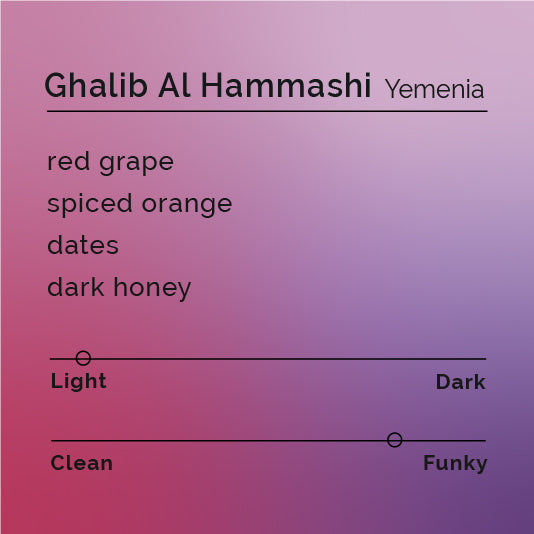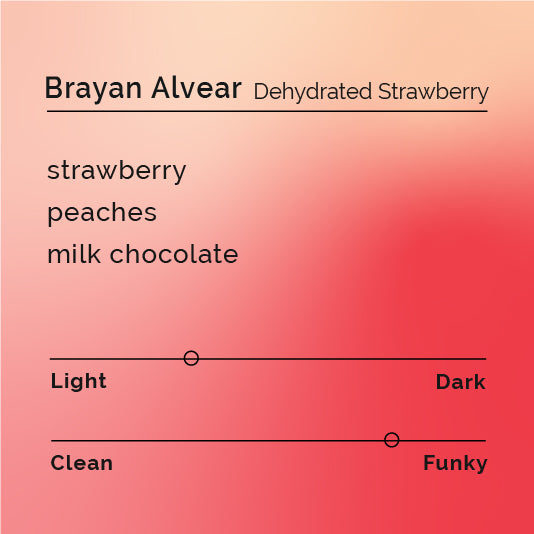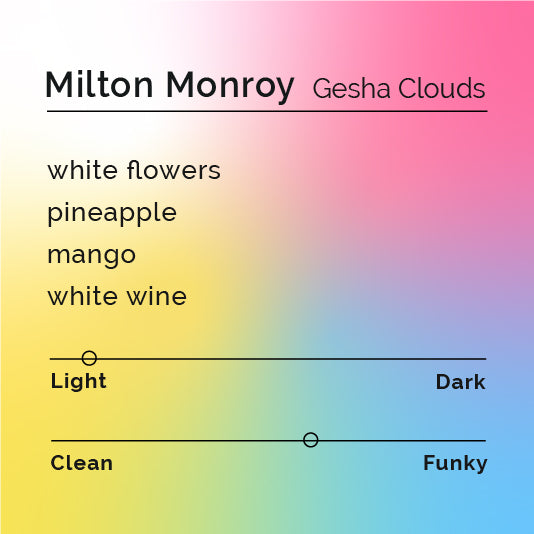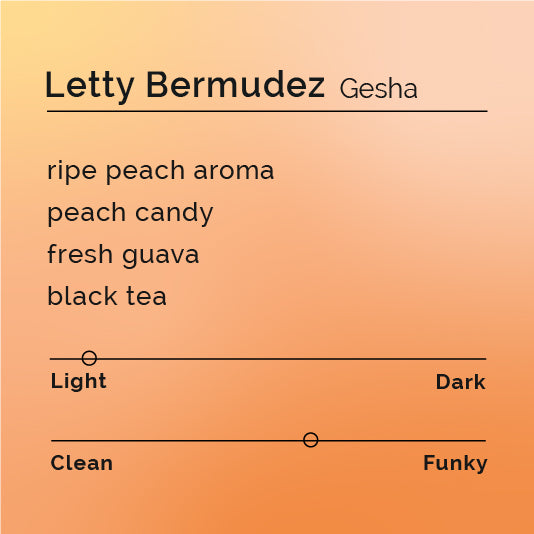Black Label Competition Set
Description
BLACK LABEL COMPETITION COFFEE SET
SET INCLUDES | 4 X 100G BAGS (SEE BELOW)
In the spirit of competition and this year's USBC 2023. We are releasing all 4 competition coffees that we roasted here at Black & White Coffee for competitors, Anthony Ragler, Jake McFarland and Reef Bessette of The Coffee Movement.
_____________________________________________
TAKE A SIP | GHALIB AL HAMMASHI
Origin | Wadi Seil Village, Haraz Area, Manakha, Sana'a, Yemen
Process | 96-hr Anaerobic Natural
Variety | Ja'adi, Old Typica / Yemeni
Notes | red grape, spiced orange, dates, dark honey
Jake McFarland chose Ghalib's coffee for this year's 2023 USBC.
From Jake - “I thought it was an amazing example of how excellent coffees can have wildly different profiles. I think we all like what we like in flavor profiles, but the coffee from Ghalib showed me that coffee can have a wildly different profile than what you’re expecting and still be absolutely complex and exceptional. When I tasted it, I had a flavor experience of, I think I know what coffee taste like, but just this coffee had flavor compounds in it that I’ve never experienced in a cup before and wanted to continue playing with and exploring.”
_____________________________________________
TAKE A SIP | BRAYAN ALVEAR
Origin | Huila, Colombia
Process | Anaerobic Strawberry
Notes | strawberry, peaches, milk chocolate
Anthony Ragler chose Brayan's coffee for this year's 2023 USBC milk course.
From Anthony - "When Shady from Forrest Coffee was visiting us, he talked about the work that they’re doing in Columbia with Co-Ferments. He spoke of this young man Brayan Alvear, who is a grower that provides a lot of the coffee that they use for their co-ferment lots. Bryan is only 19yrs old and his story resonated with my own story. It immediately brought me back to parallels of when I first got in the coffee as a teenager just trying to provide for my family. This Coffee is dehydrated strawberry and was phenomenal in milk. It tasted like a strawberry milkshake. It was so fun!"
_____________________________________________
TAKE A SIP | MILTON MONROY GESHA CLOUDS
Origin | Tolima, Colombia
Process | Anaerobic Natural
Variety | Gesha
Notes | white flowers, pineapple, mango, white wine
Anthony Ragler chose Milton's coffee for this year's 2023 USBC espresso course.
From Anthony - “I wanted to step out of my comfort zone a little bit so I chose a Colombian geisha from Milton Monroy, who has provided some really great coffees for black and white through the years. It was really fun having a new frame of reference of how to look at competition coffee. This coffee was the right brand of tropical for me. I’m pretty partial to tropical flavors like berries and red fruits but this one was really soft and had expressions of pineapple and mango, which intrigued me.”
_____________________________________________
TAKE A SIP | LETTY BERMUDEZ
Origin | Cauca, Colombia
Producer | Diego Bermudez (Coffee named after his daughter)
Variety | Gesha
Process | Double fermentation thermal shock
Notes | ripe peach aroma leading to peach candy, fresh guava with a black tea finish.
Reef Bessette of The Coffee movement, chose Diego's coffee for this year's 2023 USBC. Reef also competed in the final round of USBC and placed 5th overall.
From Reef - "The first time I tried Diego's coffee was his Castillo variety which blew me away with its extremely high sweetness and fruity complexity not typical from this variety. I knew right away he was doing something special with his processing. I reached out asking him for his best representation of his processing methods. Hands down it was his double fermented thermal shock Gesha named Letty Bermudez after his daughter. This coffee is one of the sweetest, most complex and easy drinking coffees I've ever tasted. If I I could only ever brew one coffee for the rest of my life it would be this one."







